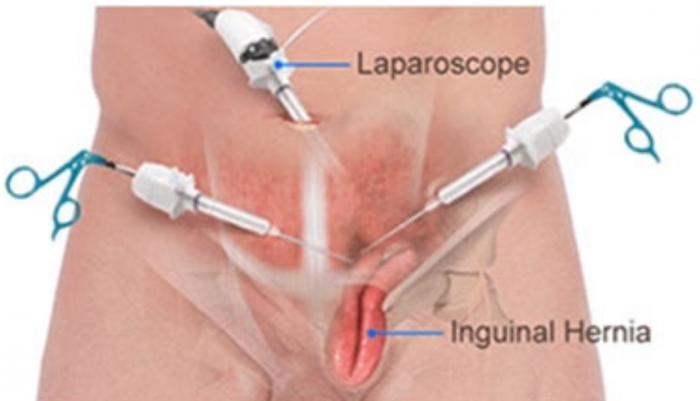
Laproscopic surgery
Laparoscopic Surgery
Laparoscopy is a surgical procedure which uses a special surgical instrument called a laparoscope to look inside the body, or to perform certain operations.
What is a laparoscopy?
Laparoscopy is a procedure to look inside your abdomen by using a laparoscope. A laparoscope is like a thin telescope with a light source. It is used to light up and magnify the structures inside the abdomen. A laparoscope is passed into the abdomen through a small incision (cut) in the skin.
A laparoscopy may be done to find the cause of symptoms such as abdominal pain, pelvic pain, or swelling of the abdomen or pelvic region. Or, it may be done if a previous test such as an X-ray or ultrasound scan has identified a problem within the abdomen or pelvis. A laparoscopy enables a doctor to see clearly inside your abdomen. Some common conditions which can be seen by laparoscopy include:
Endometriosis
Pelvic inflammatory disease
Ovarian cyst
Appendicitis
Small intestine stricture
Peritoneal, hepatic, omental lesions such as metastasis and tuberculosis
What is laparoscopic surgery?
Laparoscopic surgery also referred to as minimally invasive surgery describes the performance of surgical procedures with the assistance of a video camera and several thin instruments. During the surgical procedure, small incisions of up to half an inch are made and plastic tubes called ports are placed through these incisions. The camera and the instruments are then introduced through the ports which allow access to the inside of the patient.
The camera transmits an image of the organs inside the abdomen onto a television monitor. The surgeon is not able to see directly into the patient without the traditional large incision. The video camera becomes a surgeon’s eyes in laparoscopy surgery, since the surgeon uses the image from the video camera positioned inside the patient’s body to perform the procedure.
Benefits of minimally invasive or laparoscopic procedures are :
less post operative discomfort since the incisions are much smaller
quicker recovery times
shorter hospital stays
earlier return to full activities
much smaller scars
there may be less internal scarring when the procedures are performed in a minimally invasive fashion compared to standard open surgery.
PROCEDURES WHICH CAN BE PERFORMED BY LAPAROSCOPY -
Abdominal Surgery
Gall Bladder Surgery
Advanced biliary surgery
Choledochal cyst excision with hepaticojejnostomy
CBD exploration for CBD stones
Hernia Surgery
Inguinal-Total Extraperitoneal (TEP) Repair
Incisional- Laparoscopic Intraperitoneal Onlay Mesh (IPOM)
Umbilical-Laparoscopic Intraperitoneal Onlay Mesh (IPOM)
Congenital Inguinal Hernia- Herniotomy
Appendicectomy
Lower end oesophagus
Fundoplication (for gastroesophageal reflux disease-GERD)
Mesh cruroplasty (for hiatus hernia)
Cardiomyotomy (for Achalasia Cardia)
Vagotomy & Gastrojejunostomy(for gastric outlet obstruction)
Solid Organ Surgery
Liver (Cysts, Abcesses)
Spleen
Kidney
Pancreas
Adrenals
Anorectal Surgery
Mesh Rectopexy (for rectal prolapsed)
Colorectal cancer surgery
Diagnostic Laparoscopy
For undiagnosed abdominal pain, fever, swelling
Intrabdominal lymph node biopsy
Small bowel resection and anastomosis
Gynaecological Surgeries
Urology
Endoscopic Neck Surgery
Parathyroid and thyroid surgery
Thoracoscopy
Undiagnosed Pleural effusion
Lymph Node and lung biopsy
Pleural drainage for early empyema
Decortication for late empyema
Thymectomy
All types of Bariatric (OBESITY) Surgery for morbid obesity
Laparoscopic Gastric banding
Laparoscopic Roux- en-Y Gastric Bypass
Laparoscopic Sleeve Gastrectomy
Laparoscopic Mini Gastric Bypass (MGB)



